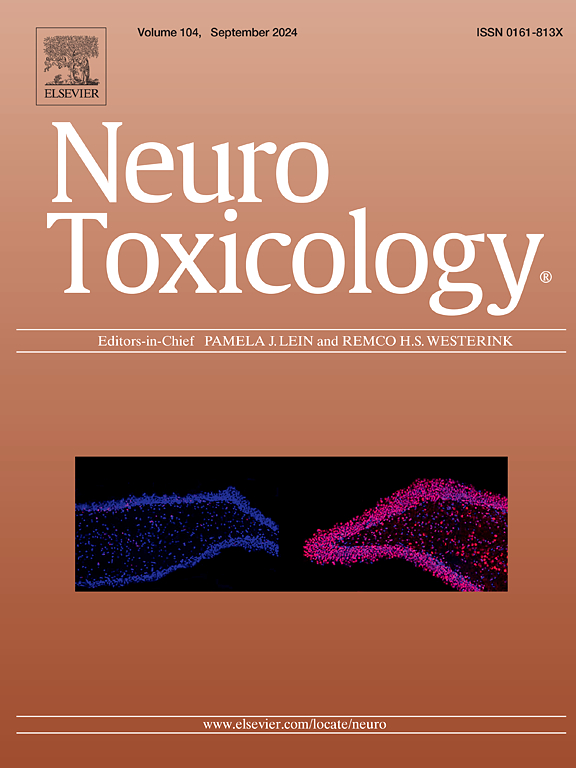Clinical doses of gadodiamide have no damaging effects on cochlear tissue in vitro and in vivo
IF 3.9
3区 医学
Q2 NEUROSCIENCES
引用次数: 0
Abstract
Gadolinium-based contrast agents (GBCAs) are widely used in systemic magnetic resonance imaging (MRI) and can be employed in otology to evaluate endolymphatic hydrops in patients with Ménière’s disease. Given the heavy metal properties of gadolinium and its tendency to deposit in tissues, it is essential to assess its ototoxic risk. We evaluated the ototoxicity of gadodiamide using in vitro and in vivo models. In vitro, cochlear explants from postnatal day 3 rats were cultured for 24 h in medium containing 0, 100 (equivalent to the concentration in perilymph after intratympanic injection), 500, or 2500 μM gadodiamide. Immunofluorescence results revealed that no significant structural damage occurred to hair cells (HCs) or spiral ganglion neuron (SGN) somata at any concentration, and that only the 2500 μM group exhibited slight thinning or disintegration of auditory nerve fibers (ANFs). In vivo, 50 μL of normal saline, 8-fold diluted, or undiluted gadodiamide was applied to the round window membrane (RWM) of adult rats via a postauricular approach. Evaluation 5 days later showed that, compared with the saline group, there were no significant changes in the compound action potential (CAP) thresholds or cochlear structures in rats treated with either 8-fold diluted or undiluted gadodiamide. The results confirmed that clinical doses of gadodiamide do not cause damage to cochlear structures; however, the neurotoxicity observed at excessively high concentrations highlights the necessity of strict adherence to dosing protocols.
临床剂量加多二胺对体外和体内耳蜗组织无损伤作用。
钆基造影剂(gbca)广泛应用于全身磁共振成像(MRI),可用于耳科评估mims患者的内淋巴积液。鉴于钆的重金属特性及其在组织中的沉积倾向,评估其耳毒性风险是必要的。我们用体外和体内模型评估了加多二胺的耳毒性。体外,取出生第3天的大鼠耳蜗外植体,分别在含0、100(相当于鼓室内注射后淋巴周围浓度)、500、2500μM gadodiamide的培养基中培养24小时。免疫荧光结果显示,在任何浓度下,毛细胞(HCs)和螺旋神经节神经元(SGN)体均未发生明显的结构损伤,只有2500μM组听觉神经纤维(ANFs)出现轻微变薄或解体。在体内,将50μL生理盐水,经8倍稀释或未稀释的加多二胺经耳后入路涂于成年大鼠的圆窗膜。5天后评估显示,与生理盐水组相比,加多双胺8倍稀释和未稀释组大鼠的复合动作电位(CAP)阈值和耳蜗结构均无明显变化。结果证实,临床剂量的加多二胺不会对耳蜗结构造成损害;然而,在过高浓度下观察到的神经毒性突出了严格遵守给药方案的必要性。
本文章由计算机程序翻译,如有差异,请以英文原文为准。
求助全文
约1分钟内获得全文
求助全文
来源期刊

Neurotoxicology
医学-毒理学
CiteScore
6.80
自引率
5.90%
发文量
161
审稿时长
70 days
期刊介绍:
NeuroToxicology specializes in publishing the best peer-reviewed original research papers dealing with the effects of toxic substances on the nervous system of humans and experimental animals of all ages. The Journal emphasizes papers dealing with the neurotoxic effects of environmentally significant chemical hazards, manufactured drugs and naturally occurring compounds.
 求助内容:
求助内容: 应助结果提醒方式:
应助结果提醒方式:


